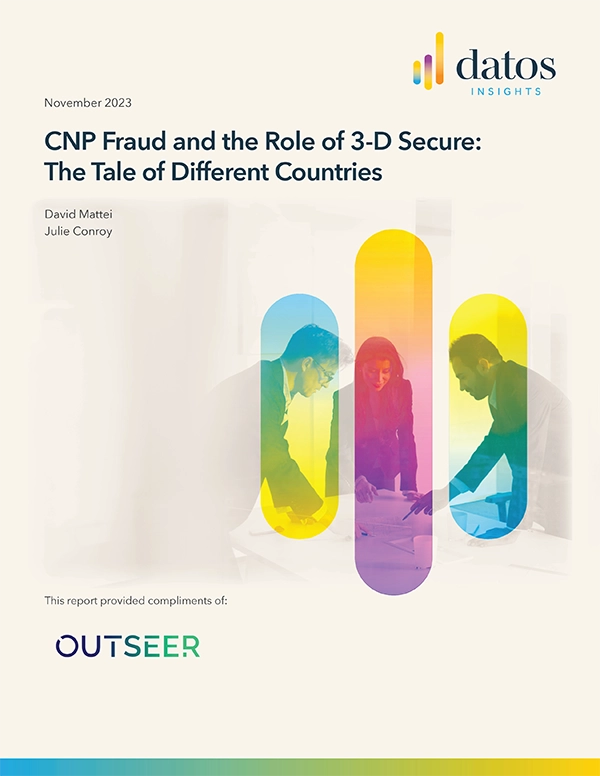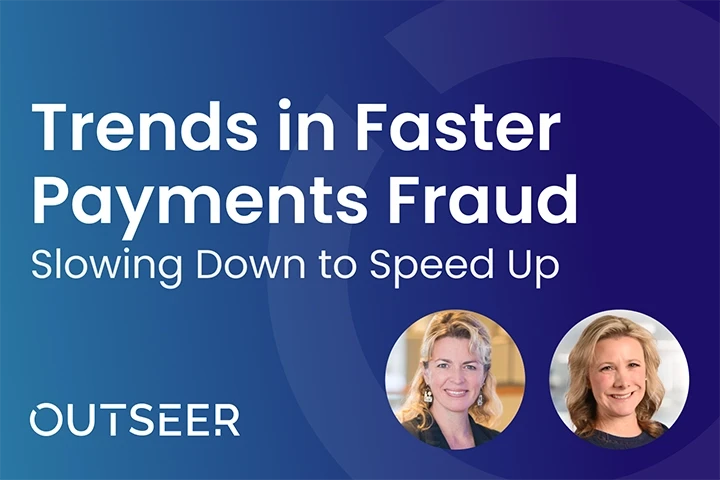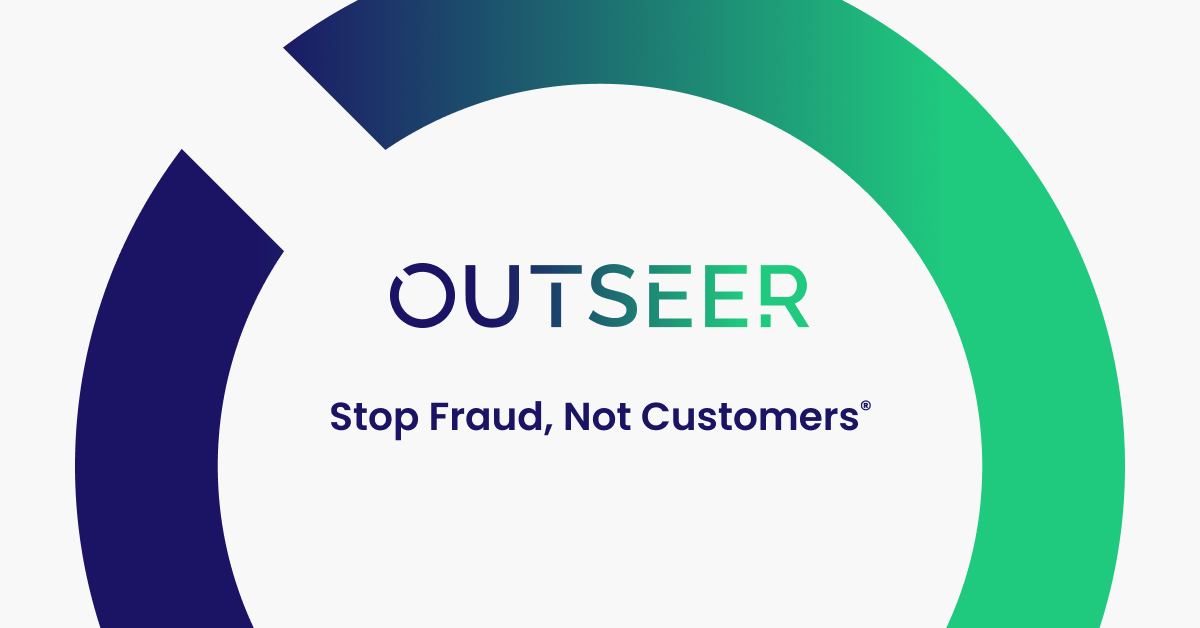Concerned about digital fraud? We explain what digital fraud is, how it affects eCommerce, and strategies for digital fraud prevention and detection.
What Is Digital Fraud?
Digital fraud entails the use of phishing emails, phony websites, bogus mobile apps, fake social media profiles, and other mechanisms to illegally obtain information and defraud consumers and businesses.
Before we dive into how these digital fraud schemes work, let’s explore why digital fraud is on the rise and examine the impact these attacks have on both consumers and businesses.
Digital Fraud Trends
Digital fraud has been a burden for businesses since the creation of e-commerce in the 1990s. As time has passed digital fraudsters have only become more sophisticated in avoiding detection and carrying out their scams.
Today, fraud prevention technologies are available to help organizations stay ahead of cybercriminals in this digital game of cat and mouse. By combining machine learning, artificial intelligence, and data analytics, fraud prevention platforms can prevent digital fraud attacks and protect their customers as threats evolve.
Yet despite these advancements, digital fraud has been on the rise, especially in recent years. Here are the top digital fraud trends you should know about.
Fraudsters Are Relying on Mobile Apps to Commit Banking Fraud
Mobile phones have become a perceived safe place in our personal lives, especially among Gen Z. But in 2021, 68% of digital banking fraud originated on mobile platforms. As mobile technology improves, we see attackers targeting mobile channels more than traditional desktop applications. Fraudsters are increasingly exploiting mobile malware and uploading rogue apps designed to impersonate well-known brands to trusted app stores—exploiting the popularity of mobile banking to steal account information.
Brand Impersonation Now Makes up Nearly Half of All Digital Fraud Attacks
By the fourth quarter of 2021, brand abuse attacks made up 45% of all digital fraud worldwide—a 274% increase over the preceding three quarters. For criminals, brand abuse is easy to carry out. Websites, logos, and other brand identity assets can easily be cloned to trick unsuspecting customers. Many of these attacks occur in countries where there is little risk of getting apprehended.
Cryptocurrency Fraud Is Climbing Fast
Cryptocurrency is akin to the Wild West when compared to highly-regulated currencies and equities, making it a lucrative target for fraudsters. In fact, cryptocurrency fraud has exploded in recent years, fueled by greed and FOMO (the fear of missing out), making it one of the fastest growing digital crimes. According to the Federal Trade Commission, US consumers lost $750 million to crypto scams in 2021. And Chainalysis reports that worldwide losses may topped $3.2 billion—a 516% increase from the previous year. Even in a bear market, we anticipate cryptocurrency fraud will continue to climb in the coming years.
Buy Now, Pay Later Fraud Is Pacing Customer Demand
Buy now, pay later services help businesses increase their average order value by allowing customers to finance their purchases through a zero-interest line of credit. According to Insider Intelligence, global buy now, pay later spend is on track to hit $680 billion in volume by 2025. Fraudsters have taken notice of this trend and are actively harvesting login credentials in account takeover (ATO) schemes and using synthetic identities to create fake accounts in order to establish BNPL lines of credit.
Phishing Continues to Grease the Wheels of Digital Fraud
These and many other forms of digital fraud often involve phishing scams, which continue to be distressingly successful. Gone are the typo-laden missives of yesteryear. Today, fraudsters leverage AI technologies and sophisticated social engineering techniques to steal information from unsuspecting recipients via email, phone call (vishing), SMS text (smishing), and more.
Digital Fraud Examples
Digital fraud isn’t disappearing anytime soon. We often see fraudsters cycle through different attacks and switch up their tactics in response to fraud detection systems. Some common examples of digital fraud include the following:
- Account Takeover – Attackers hijack customer accounts to drain bank accounts, apply for credit, steal personal information, and make unauthorized purchases.
- Brand Abuse – Fake emails, websites, and messages that trick victims into sharing login credentials or other personal information with the attacker.
- Card-Not-Present (CNP) Fraud – Unauthorized purchases made with credit card information without the cardholder’s knowledge.
- Chargeback Fraud – When a legitimate customer makes a purchase with the sole intent of issuing a chargeback—keeping their money and the product.
- Cryptocurrency Fraud – Attackers target exchanges to steal crypto or create fake projects in order to cashing out user investments before anyone can make a profit.
- Rogue Mobile Apps – Fake apps that impersonate brands to steal card or account information from customers.
- Enrollment Fraud – The use of synthetic identities to open accounts or lines of credit from which to make illegal purchases without ever paying them off.
Digital Fraud Prevention Strategies
As you can see, digital fraud is a blanket term that encompasses many channels, targets, and tactics. Thankfully, there are solutions and best practices you can implement to protect both your organization and its customers.
Use Machine Learning and AI to Stay Ahead of Threats
Modern machine learning has proven to be instrumental in preventing digital fraud loss by understanding the behavior behind an attack. This technology works by studying normative customer behavior and looking for deviations that may signal fraud.
Today’s most robust fraud management platforms enable organizations set their risk tolerance and gain insight into the types of attacks they face. When a certain behavior is deemed high risk, that user must provide additional authentication before proceeding. This strategy allows companies to only filter out highly suspicious users, leaving the majority of regular customers uninterrupted.
Prevent Digital Brand Abuse
Phishing is the predominant method used by fraudsters to steal sensitive information and gain access to user accounts and systems. The best way to combat phishing is to take a proactive approach by sourcing a comprehensive, 24/7 brand monitoring and takedown service.
By continuously scanning the web, app stores, and social media, leading solutions immediately recognize brand impersonation attacks and take steps to immediately have the phishing sites, apps, and social media profiles behind the scams taken down before they cause serious financial and reputational harm.
Organizations should also consider using an email gateway or firewall solution to filter inbound phishing emails that evade early detection and prevent them from reaching staff. These strategies combined with continuous education can keep both your customer and staff free from phishing fraud.
Disrupting Digital Fraudsters, Delighting Legitimate Customers
I’m biased of course, but I’m happy to report that Outseer can help you prevent digital fraud before it begins. Through machine learning, data science, and advanced risk scoring, our anti-fraud products and solutions deliver seamless fraud prevention across multiple channels with a range of prebuilt options to suit your needs and risk tolerance.
By leveraging shared global intelligence from 20 billion annual transactions across 6,000 institutions, Outseer provides the industry’s best account monitoring and transaction fraud protection—preventing 95% of all fraud loss, with intervention rates as low as 5%. All with zero friction for legitimate users and customers.
By seeing what others can’t, we stop fraud long before an account is created or a transaction occurs. To learn how you can protect your customers through the power of frictionless fraud prevention, request a free demo today.















